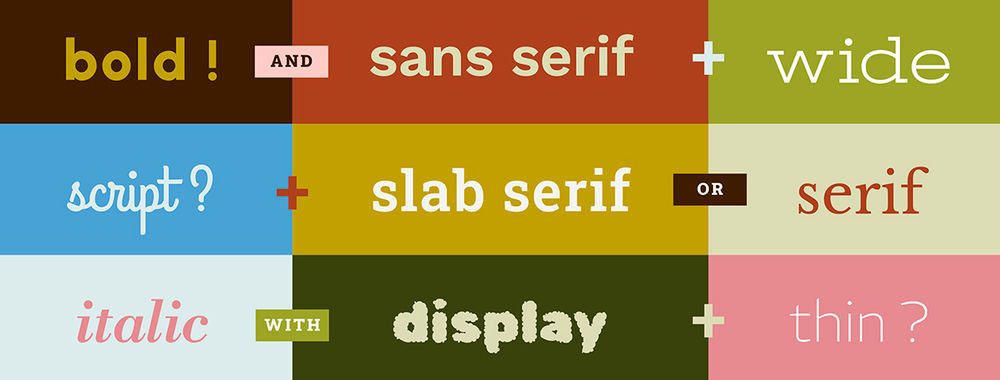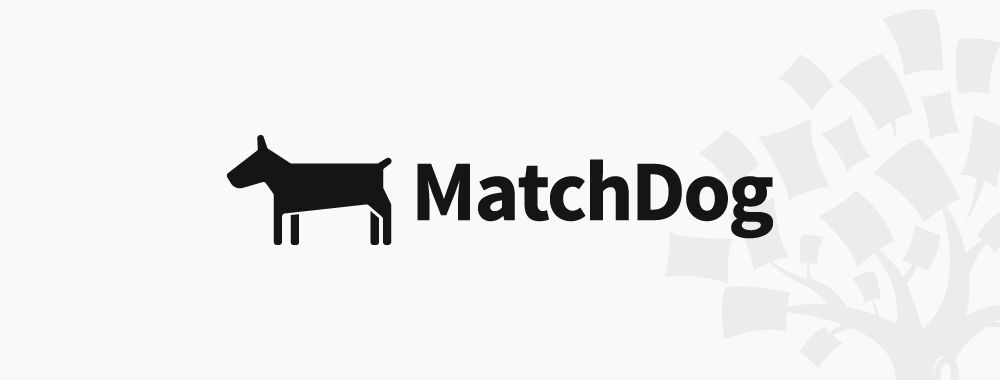Handling your ethical responsibilities as an organization can be challenging. One of the easiest ways to put ethics to the forefront of people’s minds during user experience design is to have an ethical code of conduct.
Where Do Ethical Issues Arise?
It’s good to be able to understand that ethical issues often appear in a single form; conflict over an issue. This may be a conflict with your business values, your customer values, your objectives, your mission or vision, etc.

Conflict is normal in healthy organizations as well as in unhealthy ones. You hire people to contribute to your organization and for the intelligence they apply to their work. Intelligent people often disagree and “conflict” in a healthy business should not equate to screaming, shouting, tantrums, bullying, etc. those are unacceptable forms of conflict which should be handled under your disciplinary process.
Approaching conflict requires a simple process to resolve things:
- Determine the source of the conflict. Why is there disagreement? What does the disagreement stem from? You may need to probe the issue deeply to understand the root cause. You may need to do this with each party separately as while the surface conflict may seem to be common – the underlying reasons for the involvement in conflict can be very different between parties.
- Examine the impact of the issue. You might want to talk to your users about how they feel about a particular scenario and work out what their reactions will be. This is a key part of user experience design and ethical questions are no different. What are the implications of not resolving the issue? What are the costs and benefits of resolving it? What compromises can be made to resolve the issue without damaging the user experience or the delivery of business objectives?
- Enlighten the affected parties. Once you understand the impact and what, perhaps, could be done to resolve the conflict – it’s time to share your understanding with the parties in conflict and any other affected stakeholders. Seek their input at this stage too but try to have a solution in mind and some strong business reasons to implement that solution. You don’t want conflict resolution to be an endless circular process; sooner or later you have to make a decision regarding ethics and stick to that decision.
- Resolve the issue. Once you have that decision it’s time to implement it.
- Review the decision. Following implementation you want to keep an eye on whether the decision was the right one or not. Look at the actual impact and talk to users to see if the solution is working in the best possible way for them.
- Iterate if necessary. If things are fine, they’re fine but if they’re not – you can try to address the problem differently by returning to the start of the process and starting again but heading in a different direction. It’s OK to make mistakes the key is to concentrate on fixing them rather than blaming someone for it.
This process is all you should really need to handle ethical problems in your business. The code of conduct above is a process for resolving issues and not a dictatorial stance.
Image Source:
EMAnate (link to image)
Paul Keijzer (link to image)











